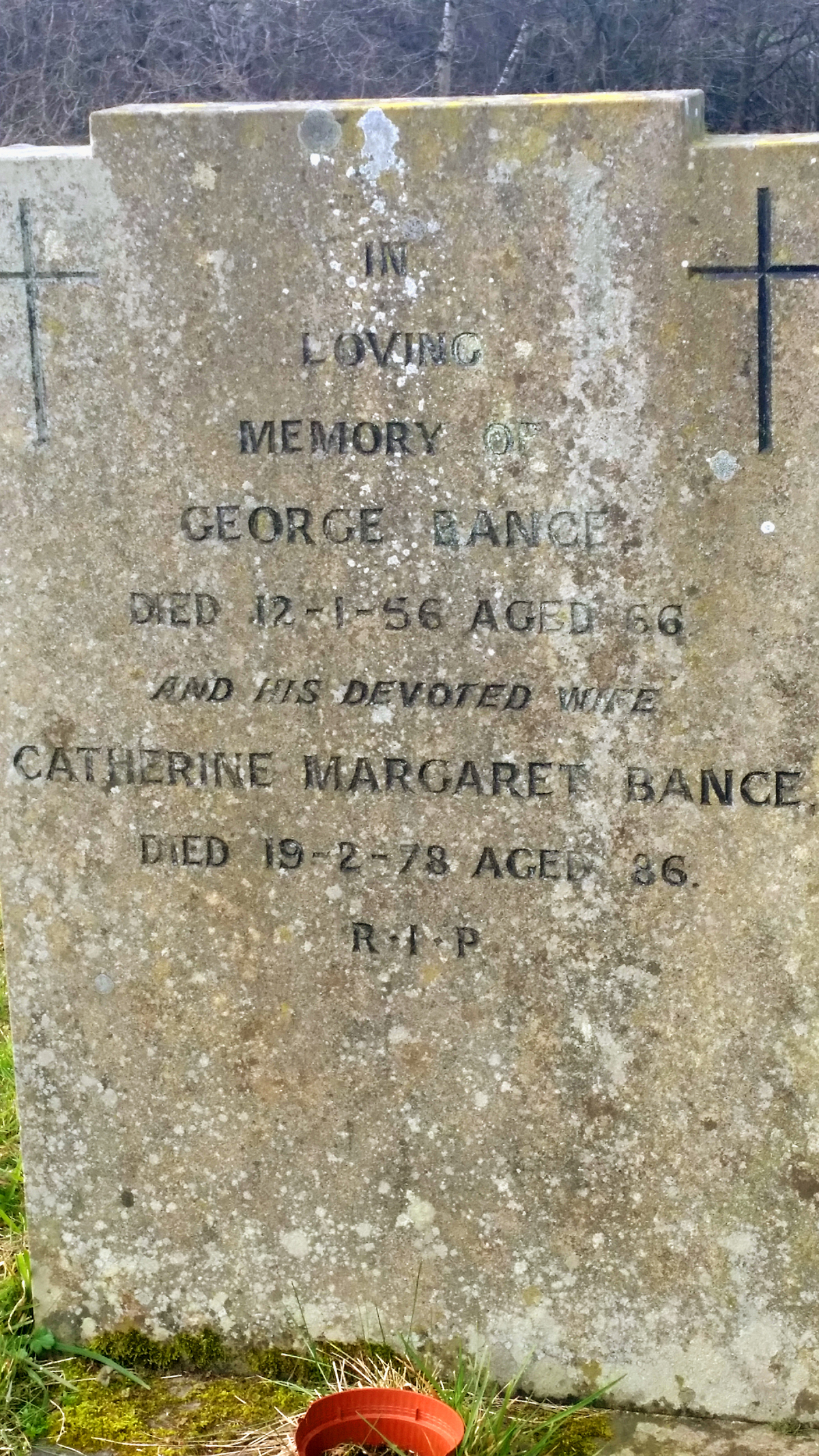George Bance
(Click any thumbnail image to view full size)
Family
George Bance was born on the 23rd October 1890. He appears on the 1911 census, aged 20, living at Holly cottage, St Mary's Platt, near Sevenoaks in Kent. At that time, he was working in the nearby Butterworth's paper mill in Basted as a "sizeman". His father, William (50), two of his brothers, William (26) and Harry (16) and his sister Rose (22) also worked at the mill. He was also living with his other siblings; John (17), Ethel (13), Jane (11), Ivy (7), Olive (9) and Tom (4), and his mother Emma (50) who must have had her work cut out looking after the house, for her husband, 10 children plus a lodger!
George's brothers Harry and William both also served in the Great War. Harry served in the Machine Gun Corps (service number 126854). Some documents from his service, and a photo of Harry can be found at the bottom of the page. William George Bance served in the Royal Navy. His service document can also be found at the bottom of the page.
It is also possible that their brother John also served, although no evidence has yet been found.
Their Father William (also known locally as "Nobby" - picture below) worked nights at Basted Paper Mill throughout WW1 but during the day he took an empty glass bottle and collected money for the troops. When the bottle had been filled he would break it open in the presence of witnesses and use the money to send parcels out to boys from Platt who were serving at the front. He collected more than £16 in this way and received several appreciative letters from the recipients of his parcels.
Bance Family on the 1911 Census
George BANCE (Private)
G/11176, 10th Battalion, The Queens Own (Royal West Kent Regiment)
British War Medal and Victory Medal* plus miniatures
*Replica gap filler
George married Catherine Margaret Webb on the 13th Novemeber 1915, and just one week later enlisted for the 10th Battallion The Queens Own (Royal West Kent Regiment) on the 20th November 1915, having not long turned 25 years of age. He was living at 14 Rock Road, Borough Green, Kent at that time.
After training and preparations at Aldershot, England, George finally embarked to France, landing with the rest of the 10th West Kents (under command of 123rd Brigade, 41st Division) on the 4th May 1916. They concentrated in an area of French-Flanders between Hazebrouck and Bailleul, until moving south to take up front line positions in the Somme area. Above, is a photo of George before he left for France, sent back as a postcard from France, the message on the back is also shown (click to enlarge)
The Somme
Having missed the initial stages of the Battle of The Somme, due to continuation training in Ploegsteert (Flanders), the 41st Division was about to play a major role in the battle, in mid-September, at a phase known as the Battle of Flers–Courcelette. The 41st Division came under the command of the Forth Army, XV Corps for this operation.
The 10th West Kents spent August on the right flank inadvertently engaged in sporadic fighting near Delville Wood, while making preparations for the forthcoming attack. On the 12th September 1916, the 10th West Kents ventured forward in the North of the wood, past the front lines occupied by the 23rd Middlesex to set-up six strongpoints. Having completed this, they relieved the Middlesex, and held the front lines and the strongpoints, coming under heavy shelling. The were relieved on the 13th, to ready for a full-scale assault which was planned for the 15th September. The aim of the operation was to break throught the German lines along a 3 1/2 mile front. The 41st Division would attacking the village of Flers, including it's subsidary defences. With a view to advancing a further 2,000 yards to capture the village of Gueudecourt. Zero hour was set for 06:20am BST on the 15th September 1916. The final objectives were meant to be reached by noon, allowing enough daylight for full exploitation and consolidation of the positions. Once full defences were setup, two full divisions of cavalry would sweep through. The 10th West Kents were to support the cavalry after the capture of Gueudecourt.
Tanks were used for the first time here, and were used to support the advance of infantry. Despite many problems with navigation and mechanical failure, the tanks were debuted to some success, not least for providing some cover to advancing infantry and an element of panic among the Germans. The 41st division fought with the support of ten tanks. George would have been among the very first men to have seen them in action. The photograph below shows men of the 41st Division with one of their tanks sometime during the Battle of Fler-Courcelette.
By 8.20am the the first of the 41st Division's tanks rolled into Fler itself, followed shortly after by the infantry. By 10.00am the Bavarian Divisiona troops were retreating back to Gueudecourt. George and the 10th West Kents went "over the top" just after 10am and captured the German "Switch Trench", North-West of Flers, by 1pm under a heavy artillery barrage. They also came under shellfire while consolidating their position. The 41st Division had liberated Fler from German hands, and taken many prisoners in the process.
Gueudecourt wasn't attacked until the following evening (16th September). George finally left the front line area at 3.30am on the 18th September. The total recorded casualties for the Battle of Flers-Coucelette was of the 29,367. The 41st Division alone sustained 3,000 casualties over the battle's 7 day duration. The 10th West Kent's casualties was recorded as 7 Officers and 94 men. Later, in another action, the Village of Gueudecourt was finally captured by the 88th Brigade on 26th of September 1916.
See also Wallace Bottle, another soldier of the 41st Div, who was killed around this time.
A memorial to the achievements and memory of the men killed of the 41st Division stands in Flers today, at the point where the first tank arrived. The 10th Bn R.W.Kent Regt are named on the memorial, along with the other units and formations which made up the division. See below for photos of the memorial (click to enlarge).
The respite was short-lived, as by the 28th September the 10th West Kents were back in the front line trenches. The were shelled continuously and heavily, but the Germans didn't mount a counter-attack, as was anticipated. They were relieved on the 1st October. The Battle of Le Transloy Ridges had begun on the same day. The 10th West Kents with the rest of the 123rd Brigade were been held in reserve. The 124th Brigade were the main attacking force on this occasion and reached their objective, under a hail of German machine-gun bullets. By nightfall, the heavy losses meant what started as a brigade-strength attack was barely a battalion of men. The 122nd Brigade, too, attacked with 4 full battalions of men, almost all of which were cut-down by machine-gun fire. George and his unit weren't called upon until the 7th October, when they moved up in the evening to the British front line. They formed working parties to help dig in and consolidate the new positions, coming under heavy shelling throughout.
On the night of the 10th/11th October the 10th West Kents were relieved, having sustained 100 casualties over the three days - including three officers, and George bade farewell to the Somme. Ultimately, the Battle of Transloy didn't result in the capitulation of German defences, as planned, nor did the British managed to capture the ridges by November. The Battle of the Somme was to go on for another three weeks, a battle of attrition, the British barely moved past the lines they held on the 1st October.
The 10th West Kents enjoyed a well-earned few days rest at Dernancourt, France, where they recieved a re-inforcement draft of men, before travelling by train to Reninghelst, south of Popperinge, in Flanders.
In Flanders Fields
The 10th West Kents took up positions, along with the 11th West Kents (also part of the 41st Division), South-East of Ypres. Taking over a sector previously occupied by the 1st West Kent's the trenches were in a bad way. It was plain to see why. The position sat below a German crest, which had full view of the approaches and had been subject to artillery bombardment. The mud was worse than anything they had yet encountered, even during their time in the Somme. They set about repairing the trenches with what little supplies they could muster.
George would soon become very accustomed to life in this sector. It wouldn't be until July 1917 that he would finally leaving the Ypres Salient. During January-April 1917, the 10th West Kents had arranged an agreement with the support artillery that a codeword could be used in the event of a German attack, and the guns would open up an immediate barrage on no-mans land, rather than have to go through Battalion HQ. This was used to excellent effect on the three occasions when the Germans launched raids on the 10th West Kent positions, each time the artillery stopped the Germans at their own wire. The battalion's snipers and patrols engaged in some other minor incidents, including the capture of two prisoners, the first the 41st Division had for months.
Messines
After training in May 1917 in the Reninghelst area, George and his battalion took up positions at the front line to the left wing on a front that was to be the Battle of Messines. Their particular objective was the Dammstrasse, South-East of St. Eloi. At 3.10am on the 7th June 1917, 19 massive mines, planted by the tunnelling companies of the Royal Engineers exploded, signalling the start of the main attack. It's estimated the mines alone killed 25,000 Germans, 10,000 instantaneously. It remained the largest man-made explosion until the use of the nuclear bomb at Hiroshima in the closing stages of WW2, and it must have been quite and experiance for George, and the rest of the ammassed forces.
The ground was too boggy and rough to enable the use of tanks, but despite this the 10th West Kents advanced with little opposition. They finally encountered resistance at Dammstrasse, but they fought hard, and would not be denied their objective. They stormed the position, capturing 40 prisoners, sending other men fleeing, then set up defensive positions further on. They held this position until the end of the month, when they were replaced and had three weeks of light training, with plenty of rest and recreation in a rear position near Fletre, France. Several drafts arrived, enabling the battalion to march back to Ypres at full strength, taking up positions near the canal on the 24th July.
Passchendaele
George would have spent a very arduous week in terrible conditions prior to the start of the great attack which was to become the Third Battle of Ypres (Passchendaele). The weather conditions and artillery had reduced the trenches, the 10th West Kents were to be calling home, to little more than mud-holes. This was the only cover they had for 6 days of sporadic German shelling.
The wait was over by the 31st July 1917, when the 10th West Kents went "over the top" to attack and attempt to capture Hollebeke and clear the ground across the Canal just East of Battle Wood, as part of the Battle of Pilckem Ridge. A battle plan above shows the 41st Division's sector, with George's advance from the "Red line" towards the "Yellow Line" marked "123 Bde". To their left was the 20th Durham Light Infantry and the 11th West Kents were on the right. The 10th Bavarian Division whom they had to face were stout foes and offered a determined resistance. During the advance George suffered multiple gun shot wounds. He would have been stretchered off the muddy battlefield, similar to the image below, taken at a nearby objective of Zonnebeke on the 31st July.
The Italian Front
He spent the next week in a field hospital, before being evacuated back to England for further treatment. On the 5th October he was given 10 days leave to return home. By the 20th November, however, it was decided George was fit enough to return to the front, and he was sent back to France. He rejoined his battalion while they were training for open warfare at Teteghem, France. They subsequently recieved orders to embarke trains headed for Italy. The 10th West Kents were to take up positions near the river Piave, North-West of Treviso. The journey was to take four and half days, with frequent, but short stops between, rather than at, stations. The scenery provided some pleasant distraction, and through the Riviera the local inhabitants came out with gifts of fruit, tobacco, flowers and food. Arriving at Isola della Scala, the 10th West Kents disembarked, and immediately received orders to start for the Piave front, where the defeated Italian were rallying.
The difference in scenery, with the mountains getting nearer and nearer, and vineyards and maize fields instead of the uninteresting lands of Northern France and Belgium , helped to get them along; and if maps proved inaccurate and billets of ten uncomfortable, the plentifulness and cheapness of the wine and fruit were sufficient com pensation. The march was no easy task though, with men laden with around 90 lbs of kit each for the 100 mile march. The knowledge of these British reinforcements undoubtedly encouraged the Italians to hold fast at there lines on the banks of the Piave. The 10th West Kents finally arrived to take up their positions, and saw very little enemy activity, apart from the odd sniper or patrol.
On the 18th/19th February while on a routine patrol accross the river, George once again sustained multiple gunshot wounds. He sustained a compound fracture to the left femur (thigh bone) and wounded forearm and face, including loss of an eye.
Home
It's unknown where he went after this, but in all likelyhood he would have been transferred to hospital for quite some time. He didn't return to England unitl the 6th June 1918. He wasn't discharged, though, until the 23rd December 1918, he was released as "100% disabled" - and approved for a pension of 27 shillings and sixpence a week for 26 weeks. He was also issued with a Silver War (wound) Badge number B70840. This, along with George's Victory medal are missing and I am looking to acquire them, should they ever resurface. The Victory medal, here, is a high quality struck replica.
He must have had some home leave sometime in the summer of 1917, as George became a father while in hospital on 27th April 1918, when his daughter, Emily Margaret Bance was born. She would later go on to marry Robert Fisher, a Canadian soldier, whose medals are also held in the collection (research pending) - George is shown of the far right of the photo below - taken at the wedding in March 1941 (click to enlarge). After the war, George was involved with the local football team in Borough Green. He is seen below with the football team on the far right (click to enlarge). He may also have worked as a fire watcher in Borough Green during WW2. The final photo shows him with his grandson, Robert, in around 1943.
George Bance died on the 12th January 1956. His wife, Catherine, survived him and died in 1978. They are buried together in Ightham churchyard. Photos below (click to enlarge).
George Bance - Medal Index Card
George Bance - Service Documents (14 Page PDF)
George Bance - Birth Record
George Bance - Death Record
Harry Bance (George's Brother) - Photo of Harry
Harry Bance (George's Brother) - Medal Index Card
Harry Bance (George's Brother) - On the campaign medal roll
Harry Bance (George's Brother) - Shown in article about paper mill
William George Bance (Geroge's Brother) - Naval Service Record
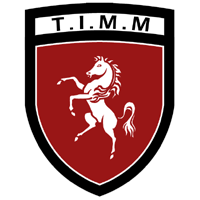 The Invicta Medal Museum (Online)
The Invicta Medal Museum (Online) 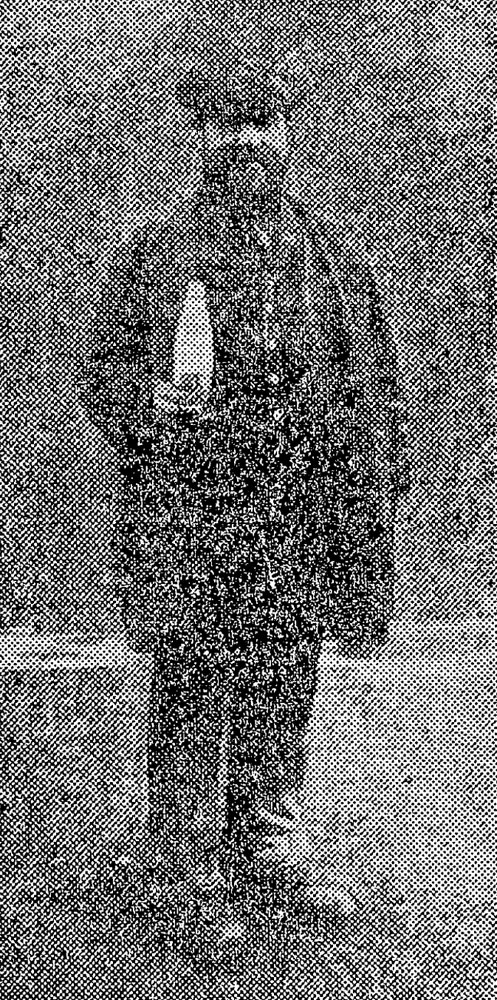
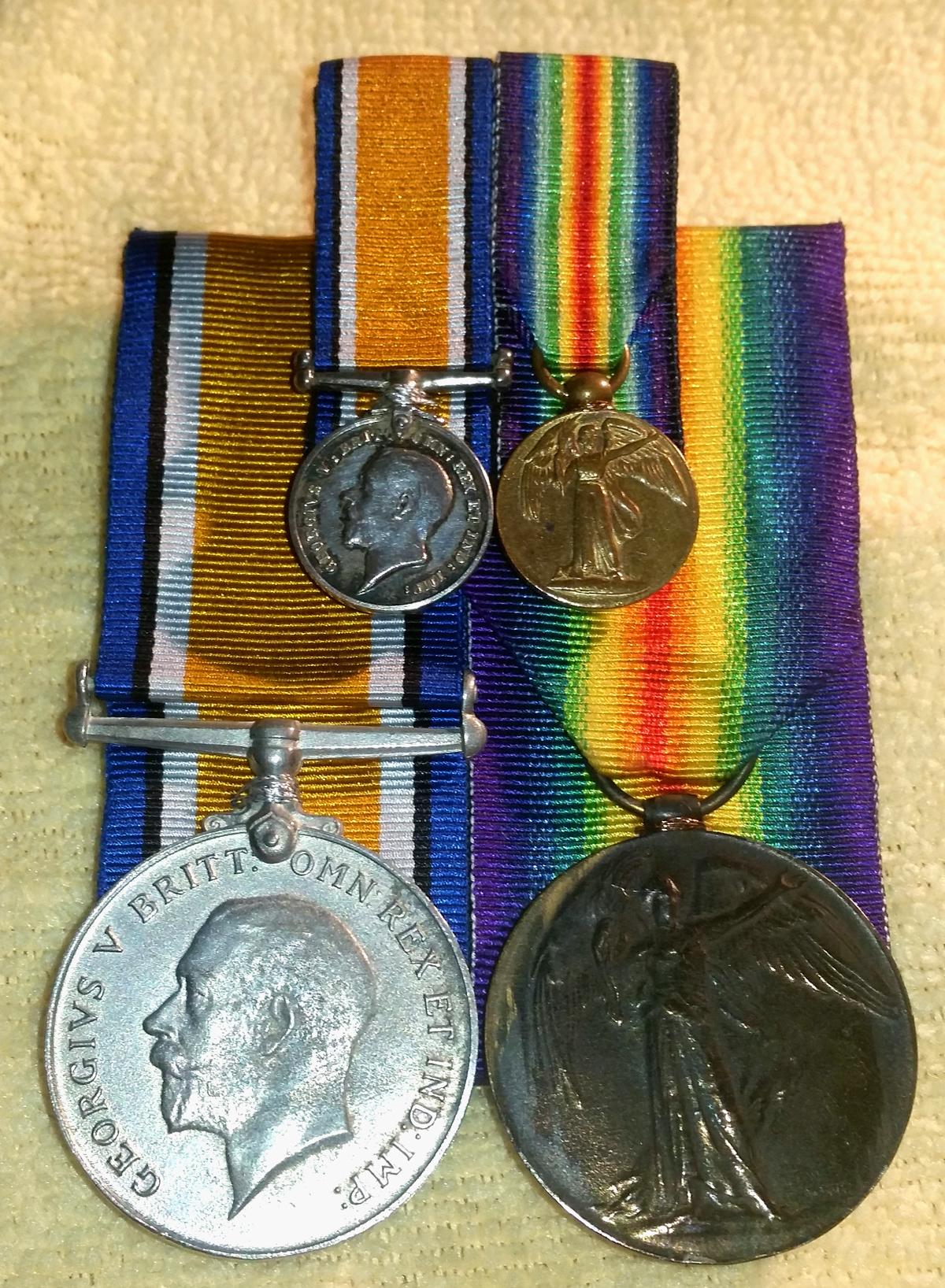

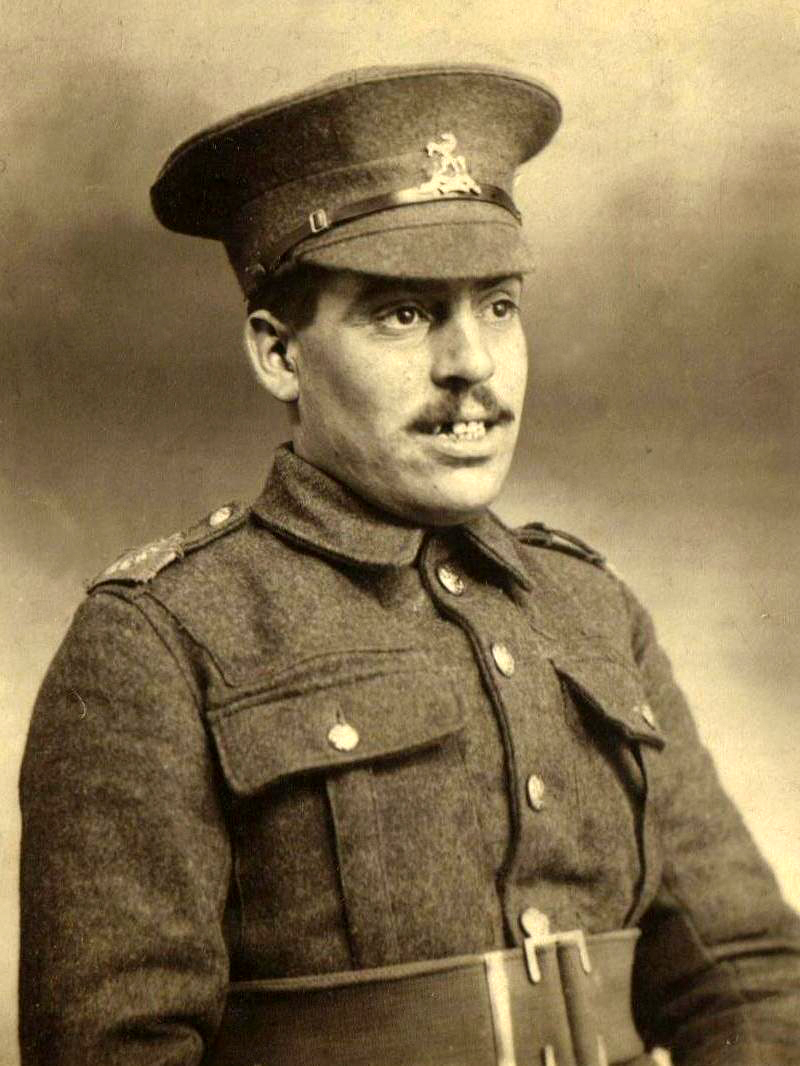

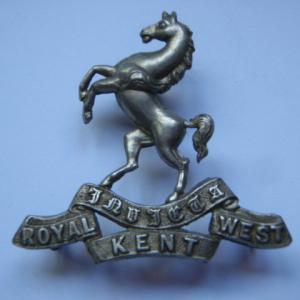
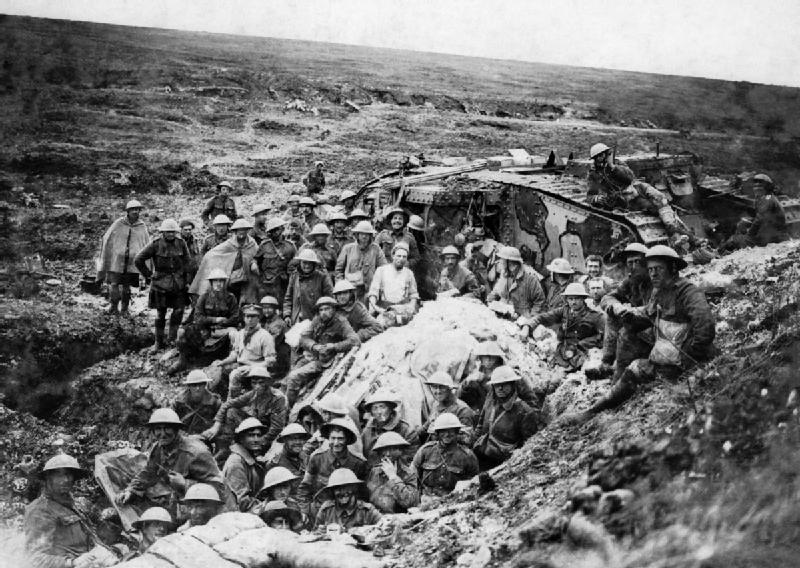
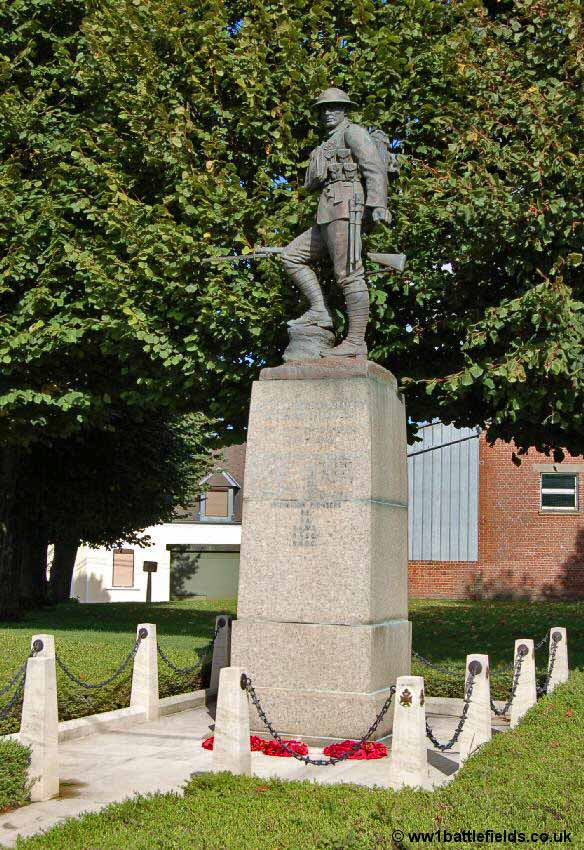
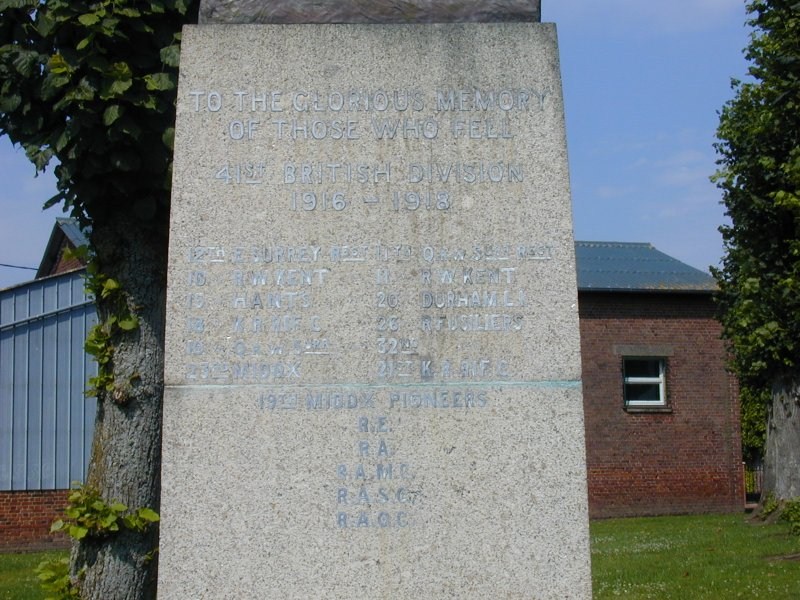
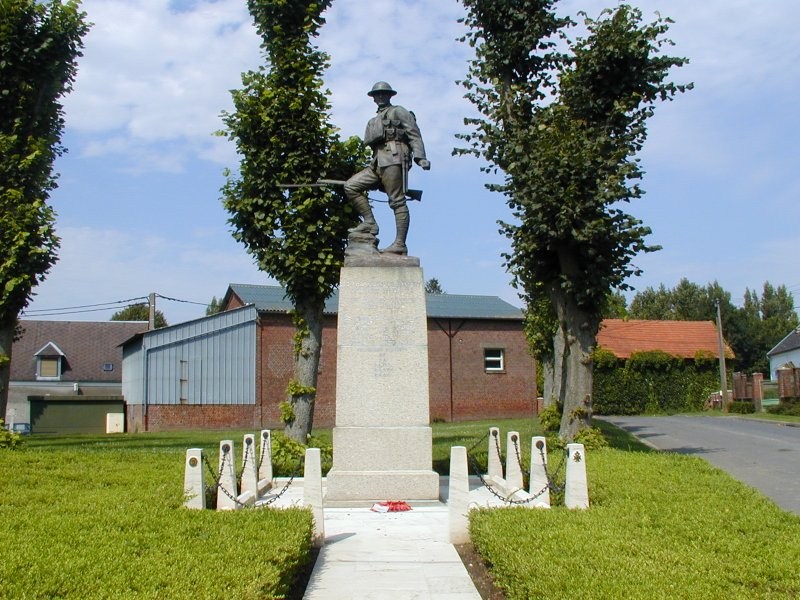
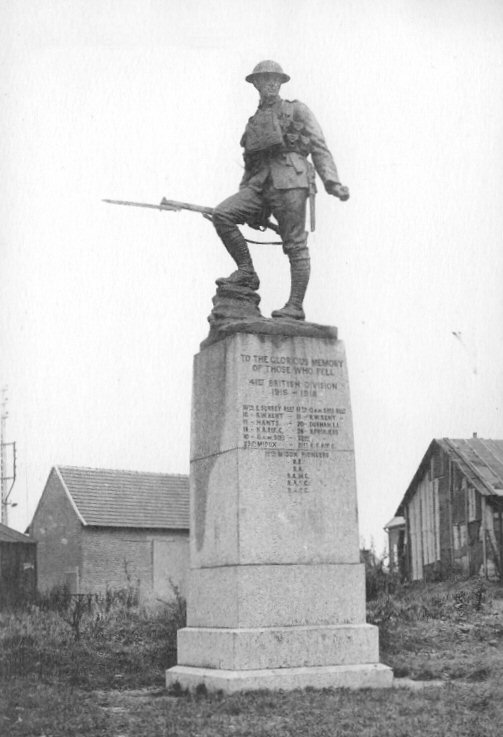
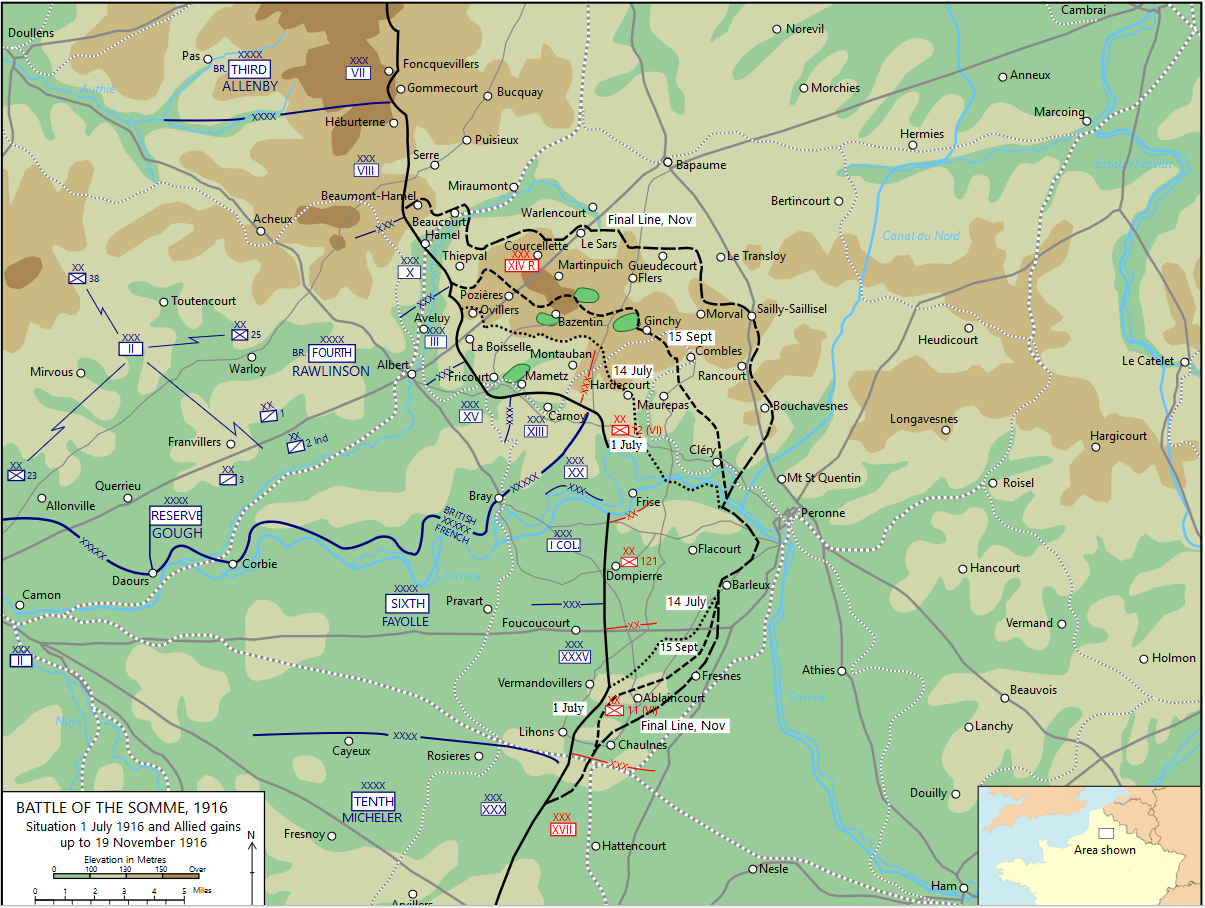
 1917.jpg)
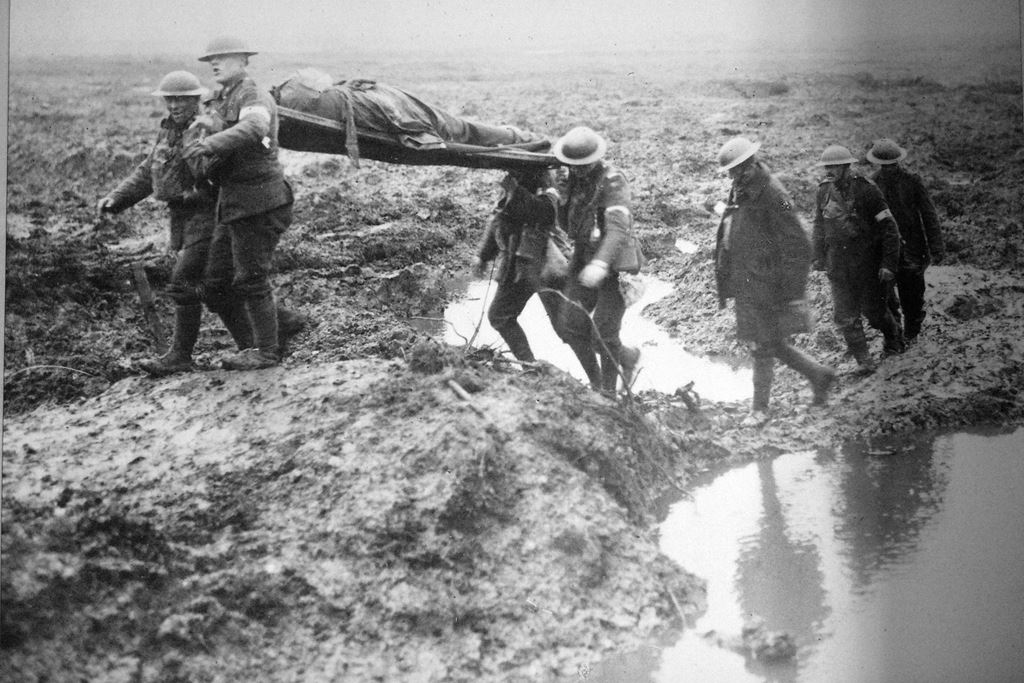
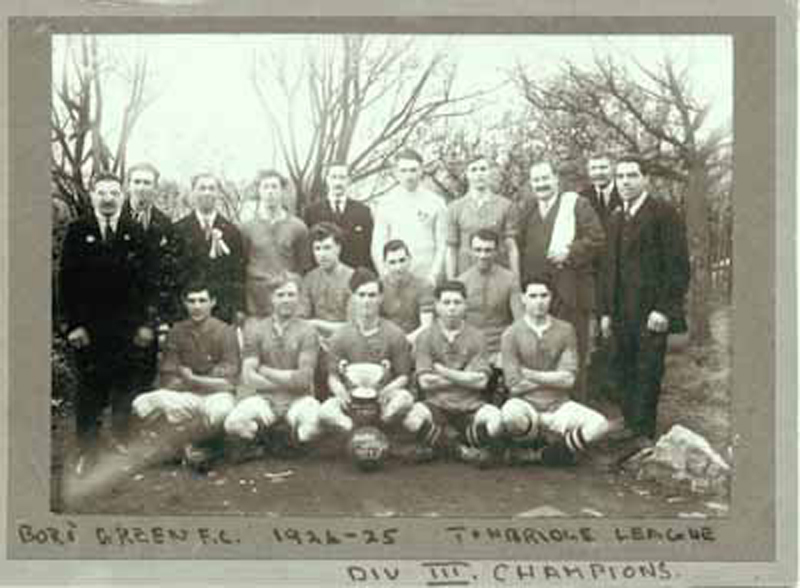
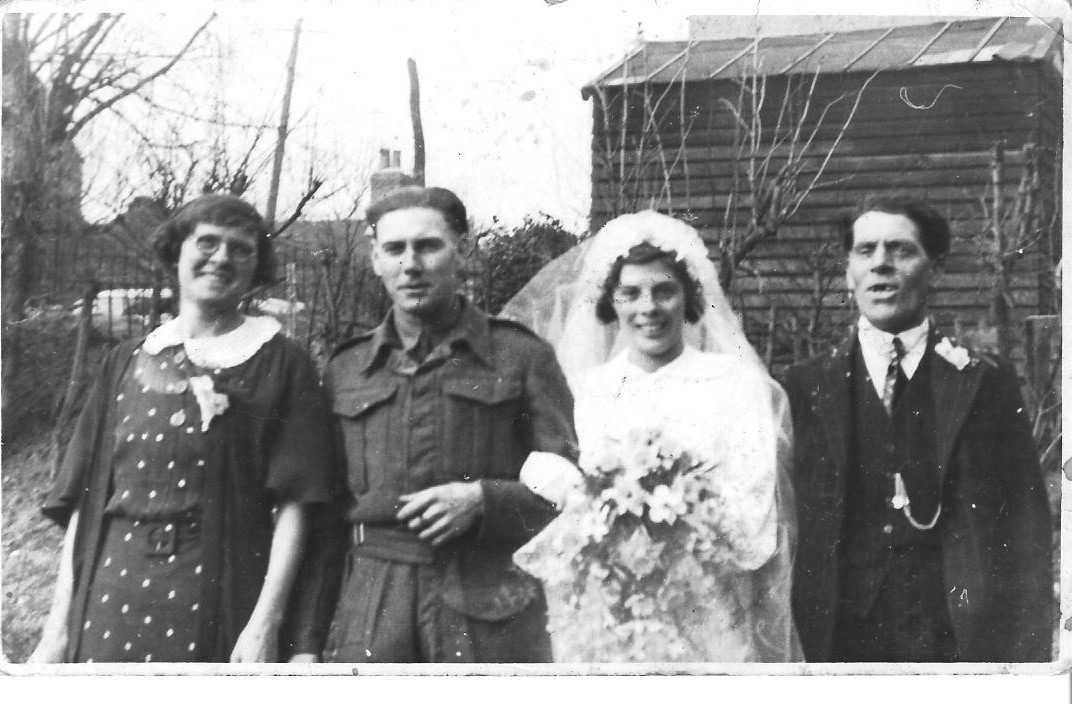
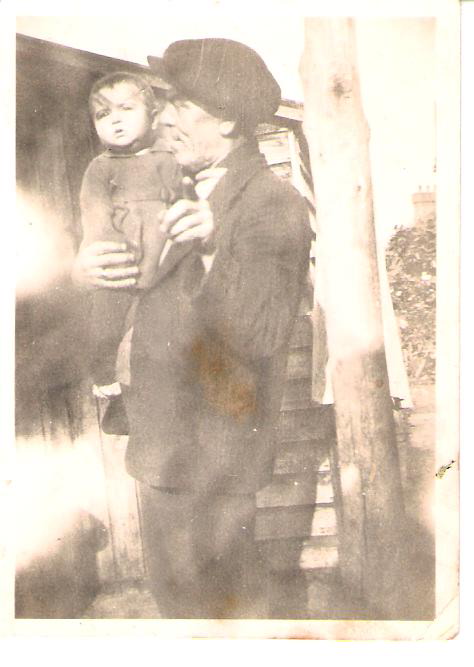
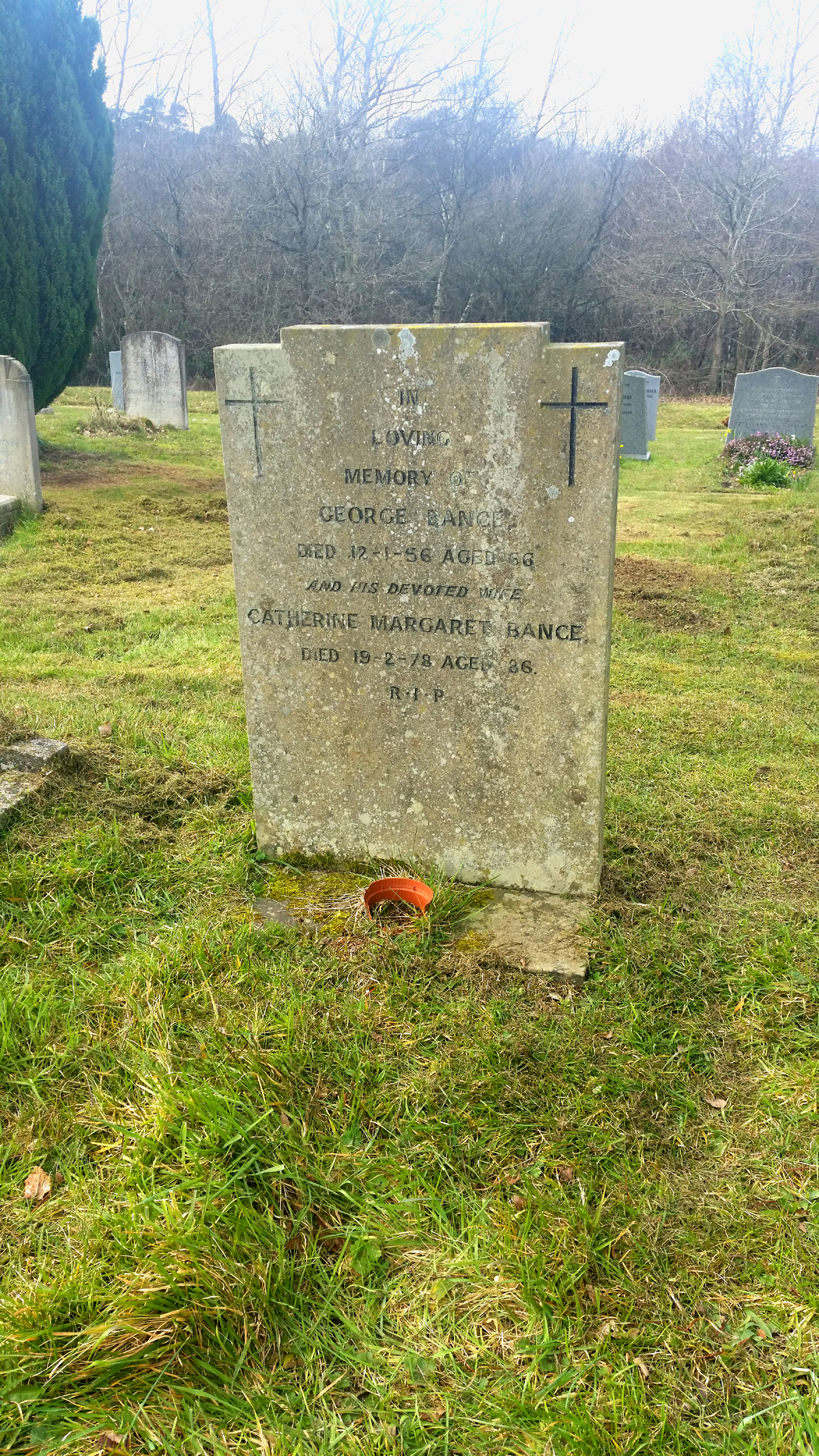
.jpg)
